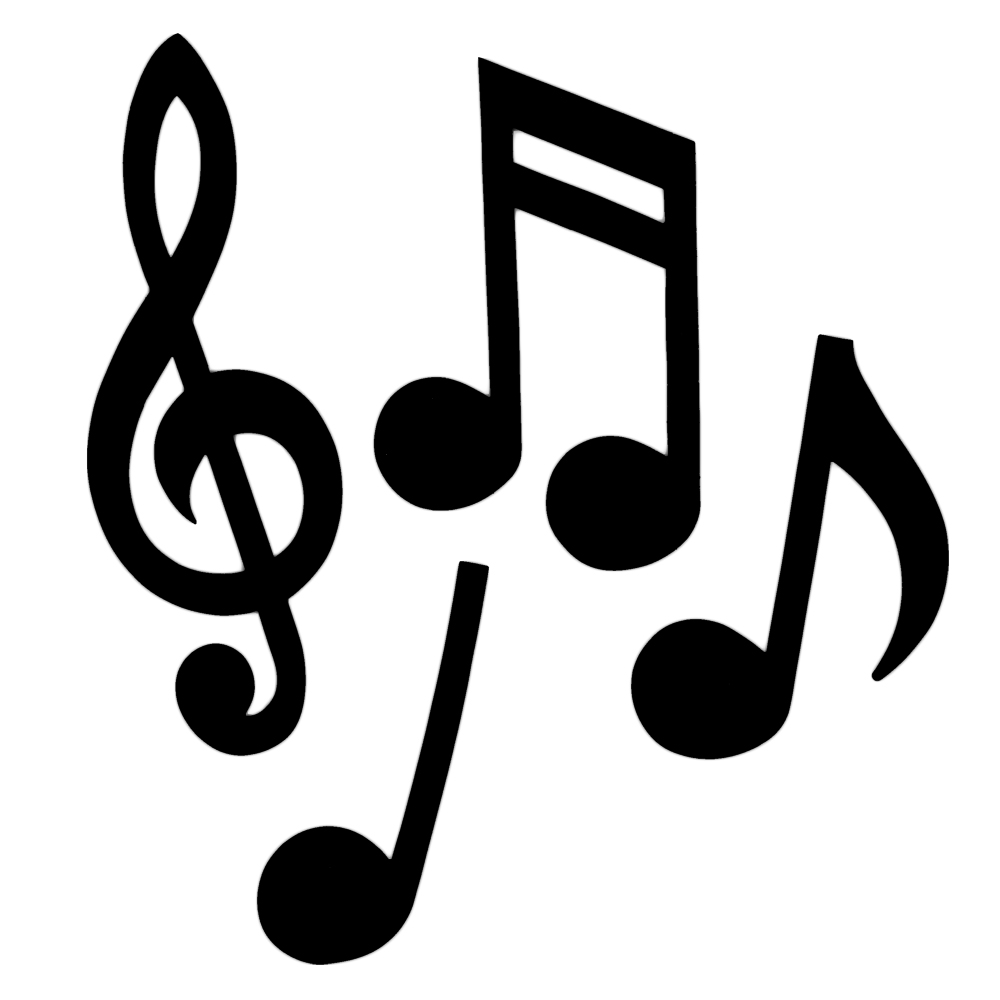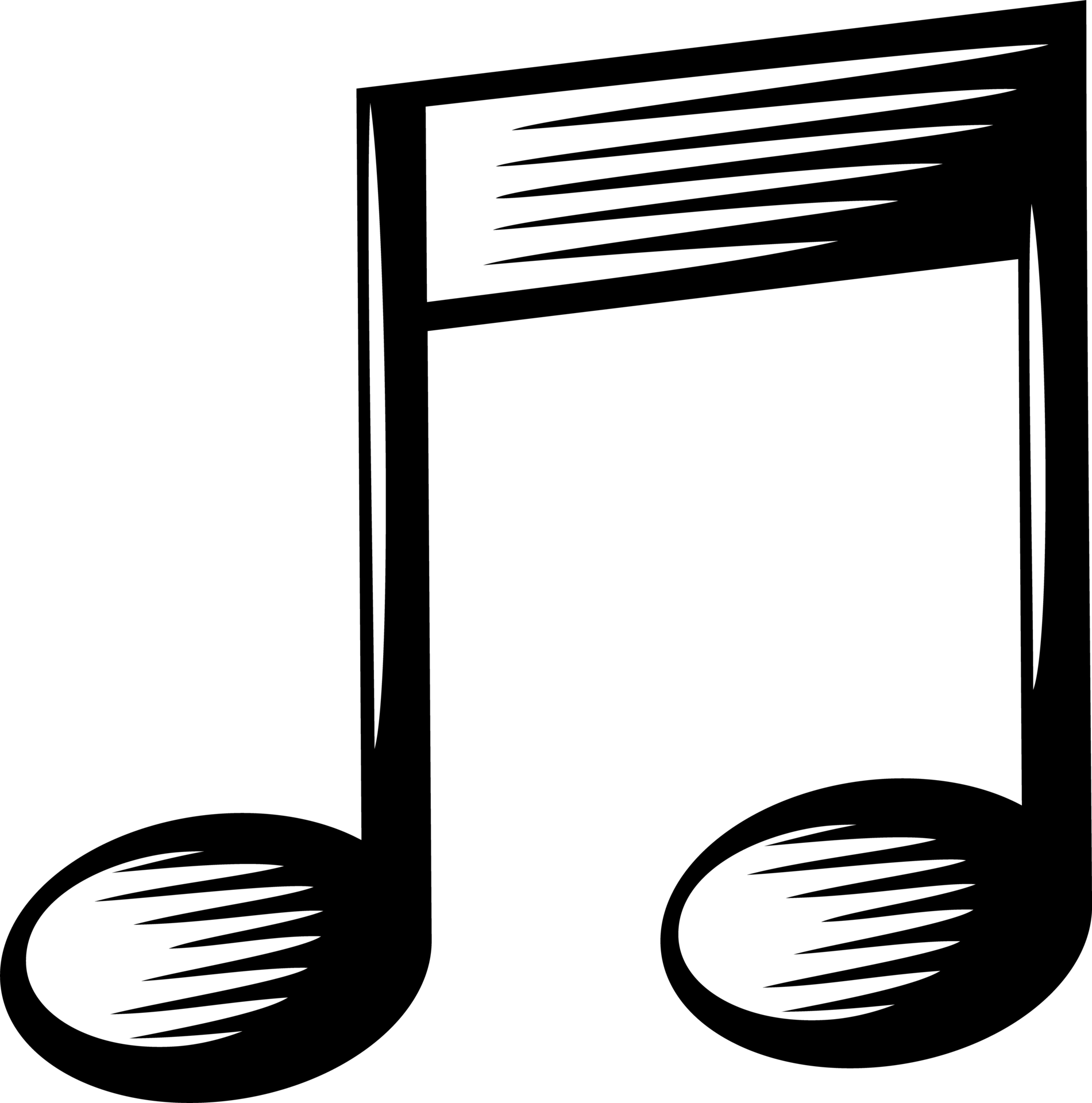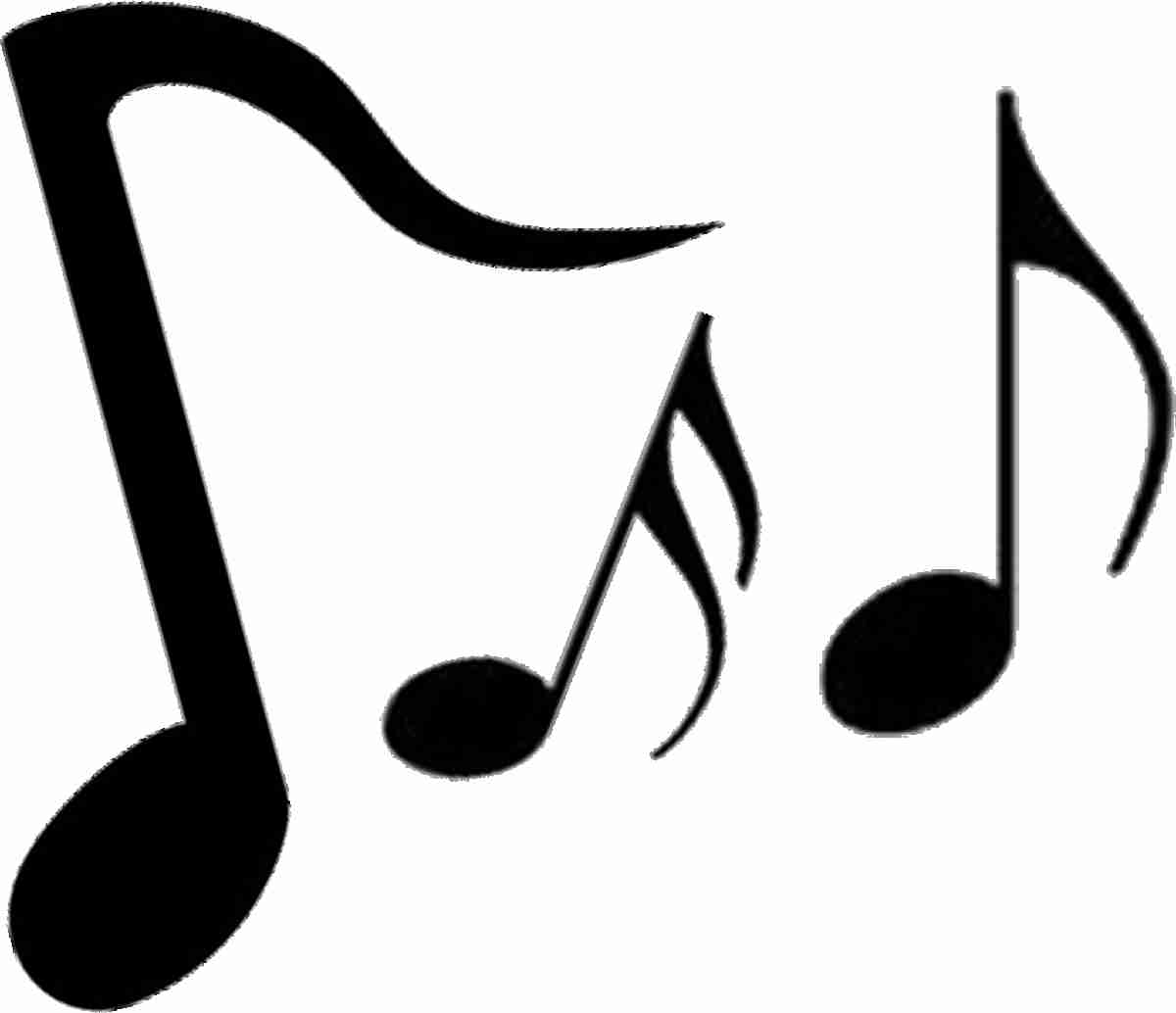Music Silhouette: The Art Of Capturing Sound In Shadows
Music silhouette is an art form that combines visual aesthetics with the emotional depth of music. It transforms melodies into shapes and shadows, creating a unique way to experience sound. This art form has gained popularity in recent years, capturing the imagination of both musicians and visual artists alike.
In a world where digital technology dominates, music silhouette offers a refreshing return to analog experiences. By blending sound waves with visual artistry, it allows us to perceive music in new and exciting ways. This article will delve deep into the world of music silhouette, exploring its history, techniques, and cultural significance.
Whether you're a music enthusiast or an artist looking to expand your creative horizons, this article will provide valuable insights into the fascinating world of music silhouette. Let's embark on a journey to understand how this unique art form has evolved and continues to inspire creativity across the globe.
Read also:Kaia Gerber Nude Exploring The Sensation And Setting The Record Straight
Table of Contents
- The History of Music Silhouette
- Techniques in Creating Music Silhouette
- Essential Tools for Music Silhouette Artists
- Different Styles of Music Silhouette
- Cultural Impact of Music Silhouette
- Benefits of Incorporating Music Silhouette
- Notable Examples of Music Silhouette
- Challenges Faced by Music Silhouette Artists
- The Future of Music Silhouette
- Conclusion and Call to Action
The History of Music Silhouette
Music silhouette dates back to the early 20th century when artists began experimenting with ways to visually represent sound. The concept gained momentum during the Art Deco movement, where geometric shapes and clean lines were used to depict the rhythm and harmony of music. This era laid the foundation for what we now know as music silhouette.
As technology advanced, so did the techniques used in creating music silhouette. From hand-drawn sketches to digital software, artists have continually pushed the boundaries of this art form. Today, music silhouette is celebrated in galleries, concerts, and digital platforms worldwide, showcasing its versatility and universal appeal.
The Early Days of Music Silhouette
In the 1920s, artists like Wassily Kandinsky explored the connection between music and visual art. His work often featured abstract shapes inspired by musical notes and rhythms. These early experiments paved the way for future generations of artists to explore the intersection of sound and visuals.
Techniques in Creating Music Silhouette
Creating music silhouette involves a combination of artistic skill and technical knowledge. Artists use various methods to transform sound waves into visual representations, each offering unique results. Below are some of the most popular techniques:
- Hand-drawn silhouettes: Using traditional tools like pencils and markers, artists sketch shapes inspired by the mood and tempo of music.
- Digital software: Programs like Adobe Illustrator and Procreate allow artists to create intricate designs with precision and ease.
- Projection mapping: This technique involves projecting silhouettes onto physical objects, creating dynamic and immersive experiences.
Advantages of Digital Tools
Digital tools have revolutionized the way music silhouette is created. They offer flexibility, scalability, and the ability to experiment with different styles without the limitations of traditional media. According to a report by Statista, the global digital art market is projected to grow significantly in the coming years, highlighting the increasing demand for digital art forms like music silhouette.
Essential Tools for Music Silhouette Artists
To excel in music silhouette, artists need the right tools. Whether you're working with traditional or digital media, having the appropriate equipment can enhance your creative process. Some essential tools include:
Read also:Elizabeth Mcgovern And Brad Pitt A Closer Look At Their Connection
- Drawing tablets: Devices like the Wacom Intuos offer precise control and pressure sensitivity for digital artists.
- Software programs: Applications such as Adobe Photoshop and Procreate provide a wide range of features for creating music silhouette designs.
- Light tables: For traditional artists, light tables help in tracing and refining silhouettes.
Choosing the Right Software
Selecting the right software depends on your specific needs and skill level. Beginners may find user-friendly programs like Procreate ideal, while advanced users might prefer the comprehensive features of Adobe Illustrator. Researching and experimenting with different options can help you find the perfect tool for your music silhouette projects.
Different Styles of Music Silhouette
Music silhouette encompasses a variety of styles, each offering a distinct visual experience. From minimalist designs to intricate patterns, artists have the freedom to express their creativity in countless ways. Below are some popular styles within the music silhouette genre:
- Abstract: Focused on conveying emotions and moods through non-representational forms.
- Geometric: Utilizing clean lines and shapes to represent rhythm and harmony.
- Narrative: Telling stories through silhouettes that depict scenes or characters inspired by music.
Exploring Abstract Music Silhouette
Abstract music silhouette challenges viewers to interpret the artwork in their own way. By breaking away from traditional forms, artists create pieces that evoke emotions and spark imagination. This style is particularly effective in capturing the intangible essence of music, making it a favorite among contemporary artists.
Cultural Impact of Music Silhouette
Music silhouette has had a profound impact on both art and music cultures. It bridges the gap between auditory and visual experiences, creating a more immersive way to enjoy music. This art form has also influenced other creative fields, inspiring fashion, interior design, and even architecture.
According to a study published in the Journal of Visual Art Studies, music silhouette enhances emotional engagement with art, making it an invaluable tool for artists and musicians alike. Its ability to transcend cultural and linguistic barriers has made it a universal language of creativity.
Global Influence of Music Silhouette
Music silhouette has gained international recognition, with exhibitions and performances held in cities across the globe. Artists from diverse backgrounds collaborate to create unique pieces that reflect their cultural heritage while embracing modern techniques. This global exchange of ideas has enriched the music silhouette community, fostering innovation and growth.
Benefits of Incorporating Music Silhouette
Incorporating music silhouette into your creative projects offers numerous benefits. It enhances storytelling, deepens emotional connections, and provides a fresh perspective on traditional art forms. Below are some key advantages:
- Improved audience engagement: Music silhouette captures attention and encourages interaction with the artwork.
- Increased marketability: Unique and visually striking designs can set your work apart in a competitive market.
- Enhanced creativity: Experimenting with music silhouette techniques can inspire new ideas and approaches in your art.
Boosting Marketability with Music Silhouette
Artists who incorporate music silhouette into their portfolios often find greater success in reaching wider audiences. By combining music and visual art, they create multi-dimensional experiences that resonate with viewers on a deeper level. This cross-disciplinary approach has proven to be a powerful strategy for artists looking to expand their reach and influence.
Notable Examples of Music Silhouette
Throughout history, several notable artists have made significant contributions to the field of music silhouette. Their innovative techniques and groundbreaking works have inspired countless others to explore this fascinating art form. Below are a few examples:
- Wassily Kandinsky: Known for his pioneering work in abstract art, Kandinsky's music-inspired designs remain influential to this day.
- Maryanne Amacher: An American composer and sound artist, Amacher's work often incorporated visual elements to enhance the auditory experience.
- Lauren Moffatt: A contemporary artist, Moffatt combines music and visual art in her immersive installations, captivating audiences worldwide.
Contemporary Artists in Music Silhouette
Today's music silhouette artists continue to push the boundaries of this art form. By embracing new technologies and collaborating with musicians, they create groundbreaking works that challenge conventional perceptions of art. Their contributions ensure that music silhouette remains a vibrant and evolving field.
Challenges Faced by Music Silhouette Artists
Despite its many benefits, creating music silhouette presents several challenges. Artists must balance technical precision with creative freedom, often requiring extensive practice and experimentation. Additionally, staying up-to-date with the latest tools and trends can be demanding, demanding constant learning and adaptation.
Another challenge is gaining recognition in a competitive art world. With so many artists vying for attention, standing out requires not only talent but also strategic marketing and networking efforts.
Strategies for Overcoming Challenges
Successful music silhouette artists employ various strategies to overcome these challenges. They invest in continuous education, attend workshops and conferences, and actively participate in online communities. Building a strong portfolio and leveraging social media platforms can also help artists gain visibility and attract potential clients or collaborators.
The Future of Music Silhouette
The future of music silhouette looks promising, with advancements in technology opening up new possibilities for artists. Virtual and augmented reality, for example, offer exciting opportunities to create immersive experiences that blur the lines between sound and vision. As these technologies become more accessible, we can expect to see even more innovative works in the music silhouette genre.
Furthermore, the growing interest in interdisciplinary art forms suggests that music silhouette will continue to gain popularity. Artists who embrace this trend and explore its potential will undoubtedly play a crucial role in shaping the future of this dynamic art form.
The Role of Technology in Shaping Music Silhouette
Technology will undoubtedly play a significant role in the evolution of music silhouette. From AI-generated designs to real-time projection mapping, artists have access to a wealth of tools that enhance their creative capabilities. Staying informed about emerging technologies and incorporating them into their practice will be key to success for music silhouette artists in the years to come.
Conclusion and Call to Action
Music silhouette is a captivating art form that combines the beauty of music with the power of visual art. Through its rich history, diverse techniques, and cultural impact, it continues to inspire and influence artists around the world. Whether you're an aspiring artist or simply a fan of creative expression, exploring the world of music silhouette can open up new avenues of creativity and enjoyment.
We invite you to share your thoughts and experiences with music silhouette in the comments below. Have you tried creating your own music silhouette? What challenges did you face, and how did you overcome them? Additionally, feel free to explore our other articles on art and music for more insights and inspiration. Together, let's celebrate the beauty of music silhouette and its transformative power in the world of art.



